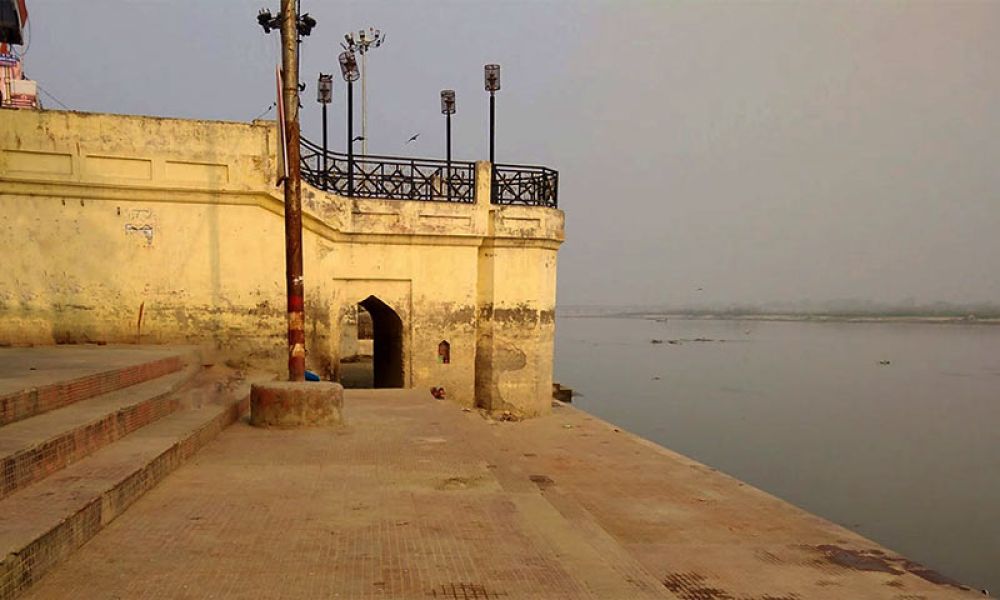

Massacre Ghat, also known as Satti Chaura Ghat, is a site of great historical significance located in Kanpur, Uttar Pradesh, India. Its tourism history is deeply rooted in the events of the Indian Rebellion of 1857, one of the forefront uprisings against British colonial rule.
The Ghat, situated on the banks of the River Ganges, was initially called 'Satti Chaura Ghat' for being close to a site where Hindu widows committed 'Sati' - the traditional, but now outlawed, practice of a widow immolating herself on her husband's funeral pyre. However, it gained notoriety and its current name following the tragic events of 27th June 1857, when a large number of British men, women, and children were massacred during the siege of Cawnpore (Kanpur) - an act that intensified the 1857 revolt.
Tourism at Massacre Ghat began as remembrance tourism, where visitors came to pay respects to those who lost their lives during the rebellion. Over the years, it has evolved into a site of educational importance, attracting historians, researchers, and travelers interested in colonial history and events of 1857.
Today, Massacre Ghat serves as a solemn reminder of India's struggle for independence. The Ghat is not only a place of historical significance but also an important landmark for patriotic remembrance. Tourists come to witness the site where the brutal turn of events took place, giving them a glimpse into the past and its impact on present India.
In recent times, tourism trends have been influenced by digitalization and online platforms. Tourists often research historical sites before visiting, and many heritage tours now include Massacre Ghat in their itineraries. The rise of virtual tours and travel vlogging has also seen Massacre Ghat featured in online content, attracting a wider and more diverse audience.
With growing awareness and interest in India's history and cultural heritage, Massacre Ghat continues to hold a significant place in the heart of narratives surrounding the Indian Rebellion. The inclusion of such historic sites in educational curricula further cements its importance as a destination for learning and remembrance.
The Uttar Pradesh government and local historical societies have made efforts to preserve Massacre Ghat. Commemorative plaques and information boards have been installed to educate visitors on the historical events associated with the site. Regular maintenance and conservation work ensures that the Ghat remains a respectful testament to its past.
Massacre Ghat is accessible to visitors throughout the year. Although there is no entry fee, the experience is enriched by hiring a local guide who can provide detailed accounts of the site's history. Visitors are encouraged to be respectful of the solemn nature of the site and the local customs.
The historical importance of Massacre Ghat makes it a noteworthy stop for anyone interested in the pivotal events of Indian history. It stands not just as a tourist spot, but as a symbol of resilience and a memorial to those who perished in pursuit of India's freedom.